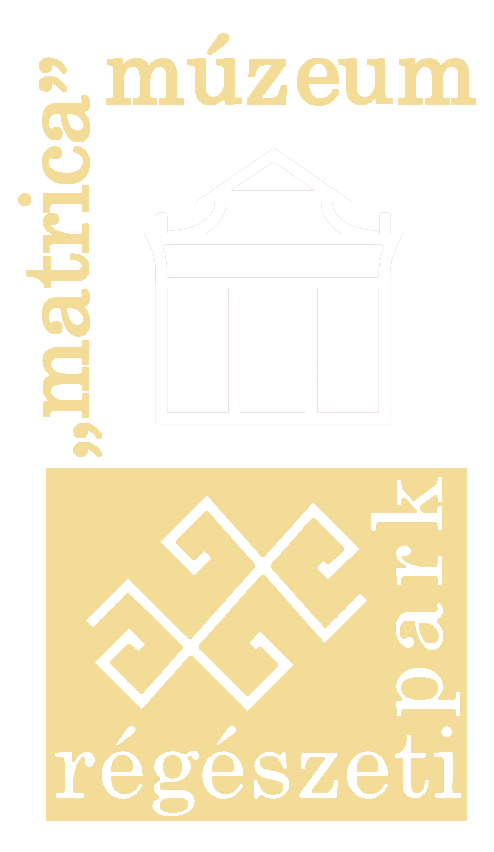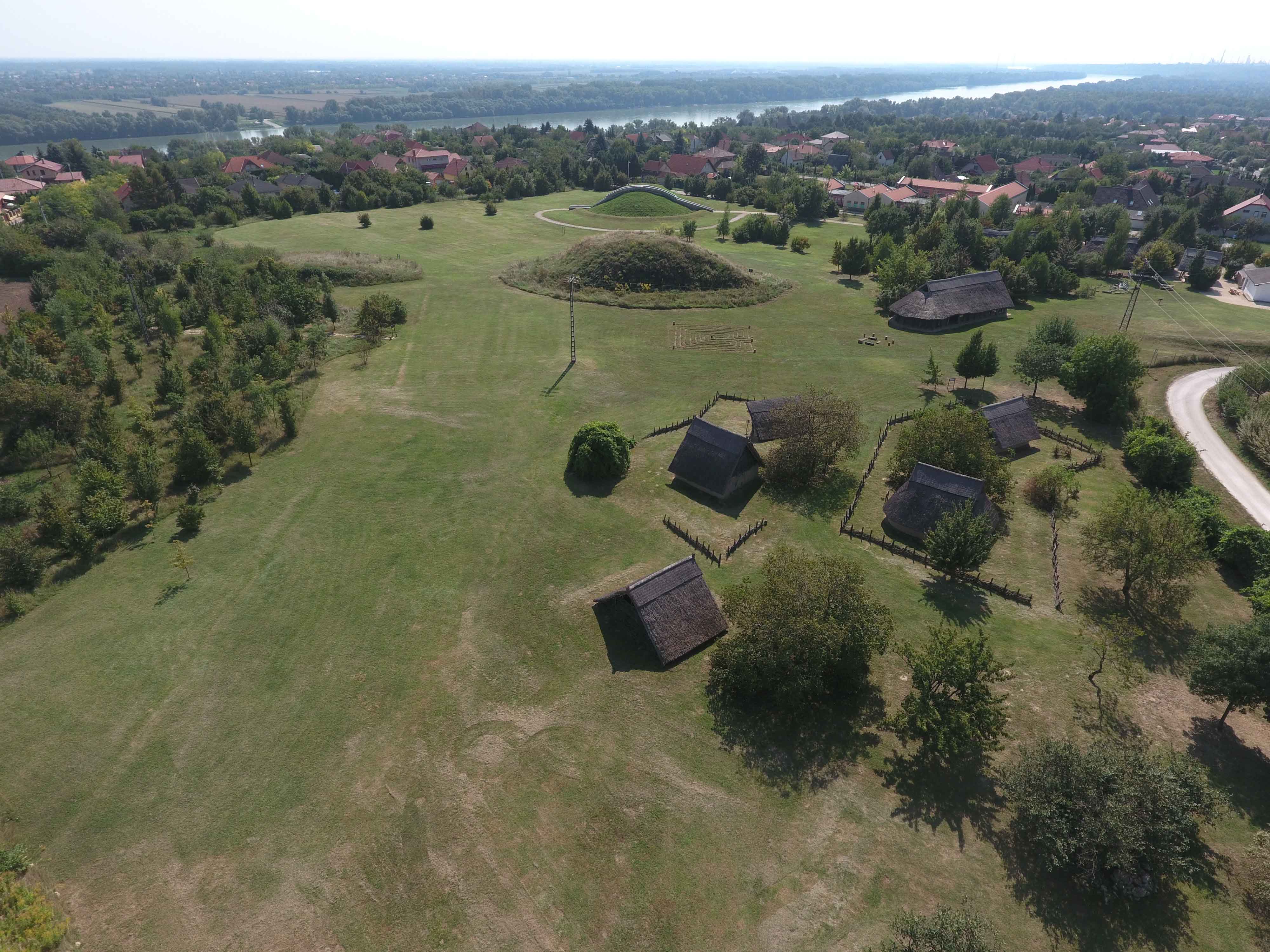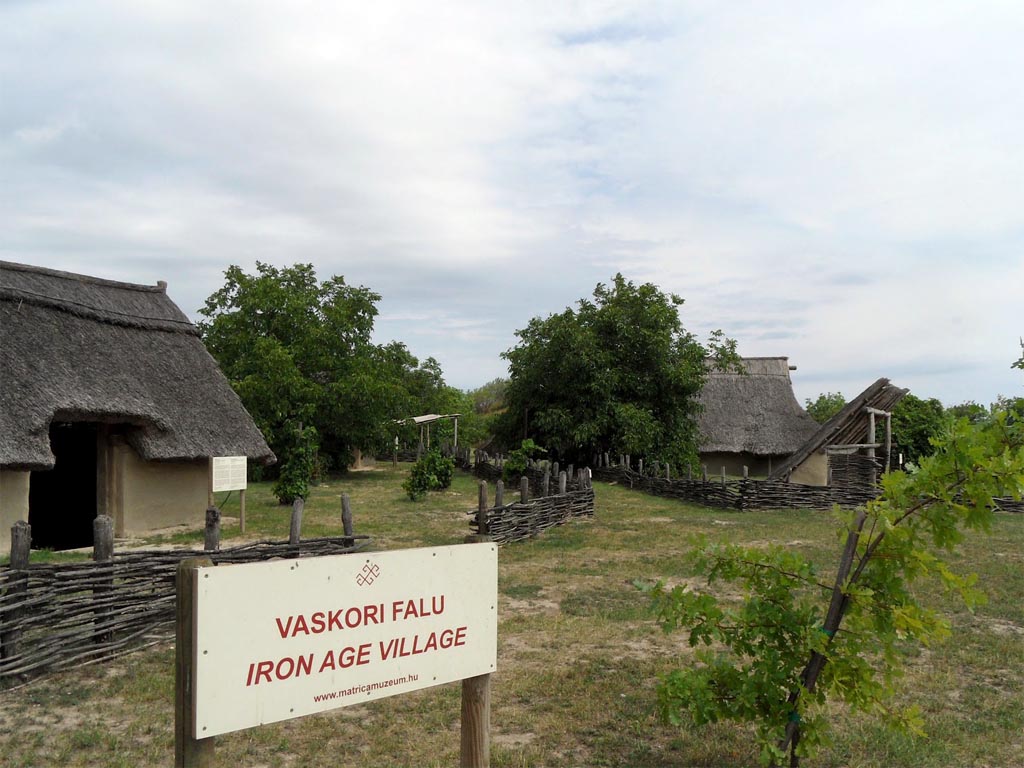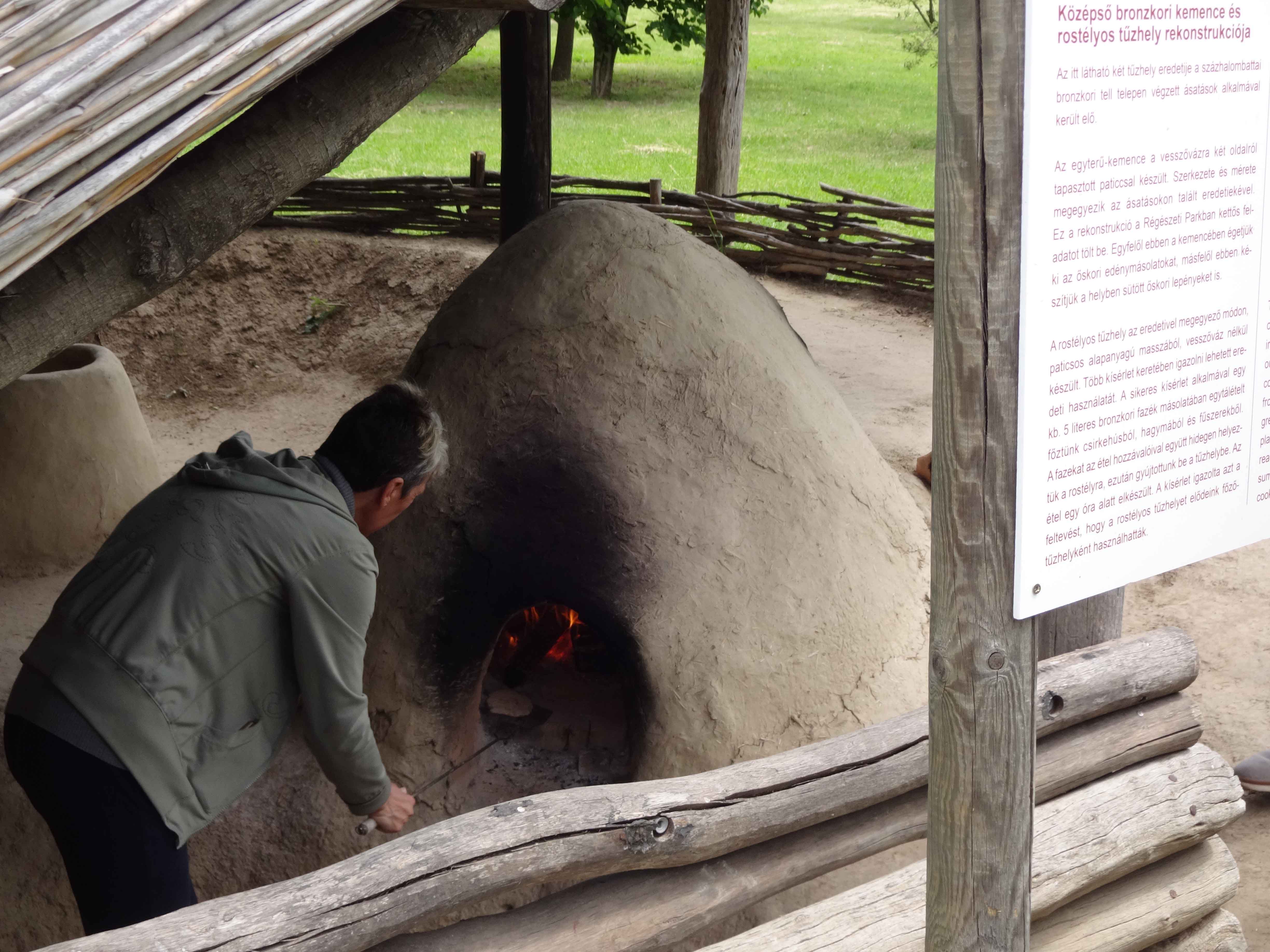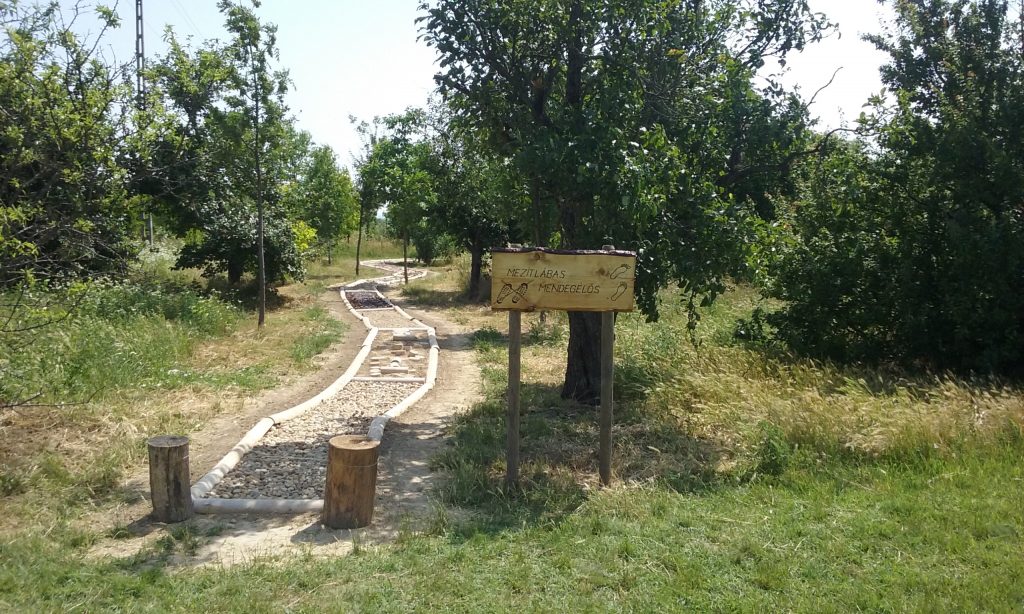Hungary's first prehistoric open-air museum opened its doors in 1996 with the aim of providing an insight into the everyday life of the Bronze and Iron Ages. It is also an important mission to protect and present the Iron Age burial mounds that preserved the burial practices of the era.
Unfortunately, as a result of human activity, their number is rapidly decreasing and their condition is constantly deteriorating (many mounds are still under cultivation or there is fruit growing on them). Inside the 3.5 hectares of the Park, five mounds can be found.
Out of these (after the archaeological excavation) one was restored to its original state, and now it shows the funerary custom and the building technique of the burial mounds. The city of Százhalombatta was named after these 2700-year-old Iron Age mounds. The mounds are the relict monuments of the so-called Hallstatt Culture.
The outer shell of the mounds consists of stones and earth and in many cases there is a wooden burial chamber inside. A narrow, short passage leads to the chamber, where the ashes and objects (food, drink, weapons – essentials for the afterlife) of the deceased were placed. While standing on a small metal bridge, the burial rites of the period is introduced, aided by light and sound effects.
Among the mounds a Bronze Age and an Iron Age village part is presented. The Bronze Age village (2800–1400 BC) consists of three large, timber-framed, daub-walled dwellings and an outbuilding with an oven. All of the buildings are authentic replicas, reconstructed on the basis of the original excavations.
Based on the archaeological data, a small vegetable and a herb/spice garden with typical species of the time were created, next to the houses.
The wattle fences surrounding the houses and the nearby alleys show the layout of the former settlement structure.
A házakban edények, ruházatok ugyancsak hiteles másolatai elevenítik meg a múltat. Az ember mellett az állat is helyet kapott időnként a házakban, ezt is megnézhetjük. A rekonstruált kemence sem csupán kiállítási tárgy; benne őskori lepény készül az éhes látogatónak (a szolgáltatás jelenleg nem elérhető).
In the Iron Age village, we can experience all those changes that our ancestors went through during their development. Based on these changes historians separate Bronze Age from the subsequent Iron Age. The weaver's house, the blacksmith's workshop or the house with the oven hides many stories.
